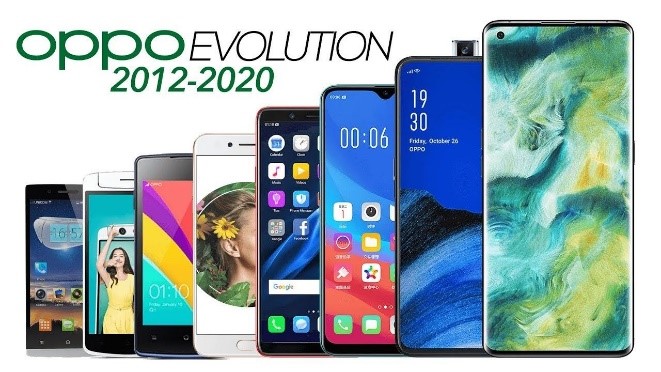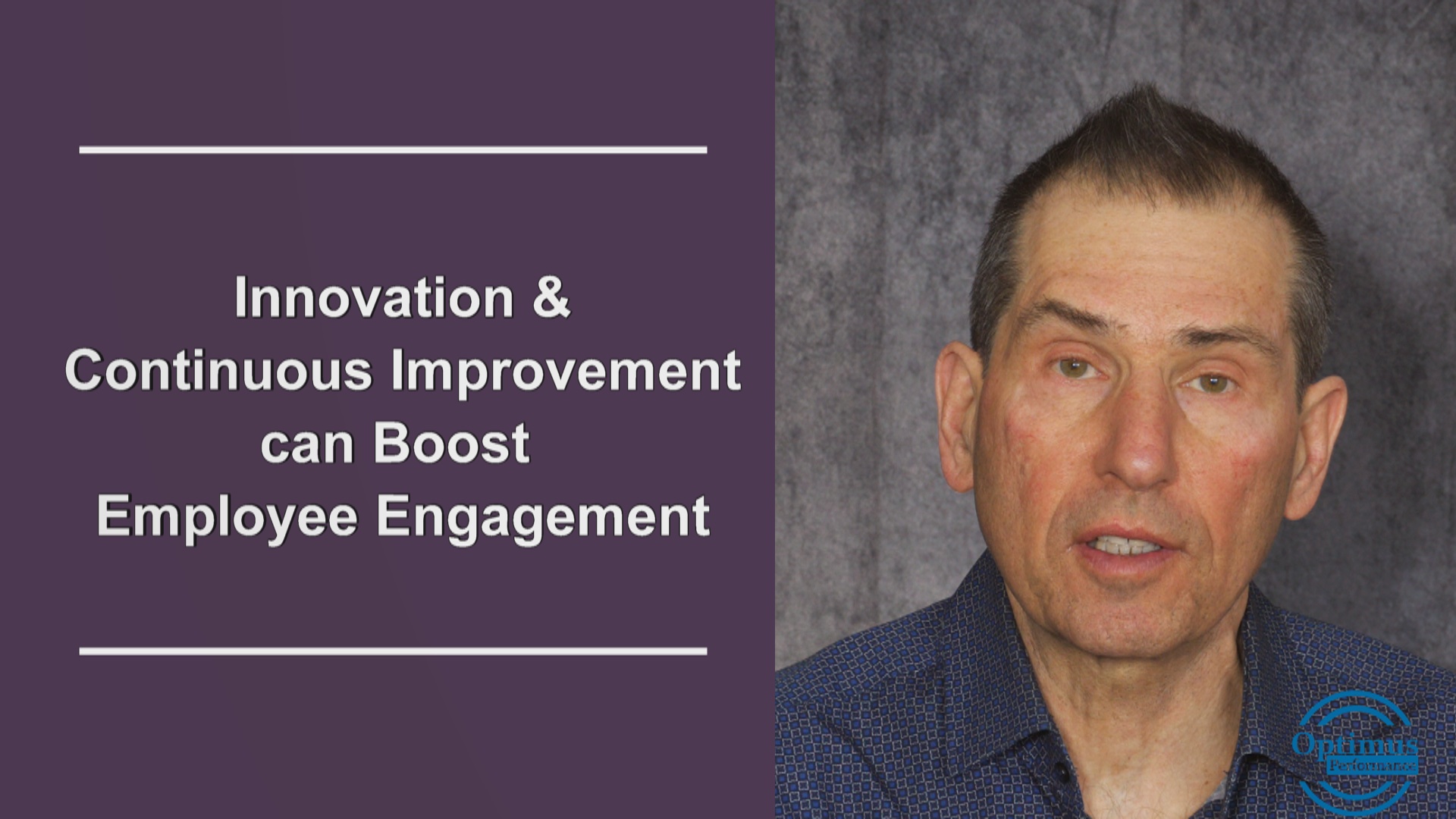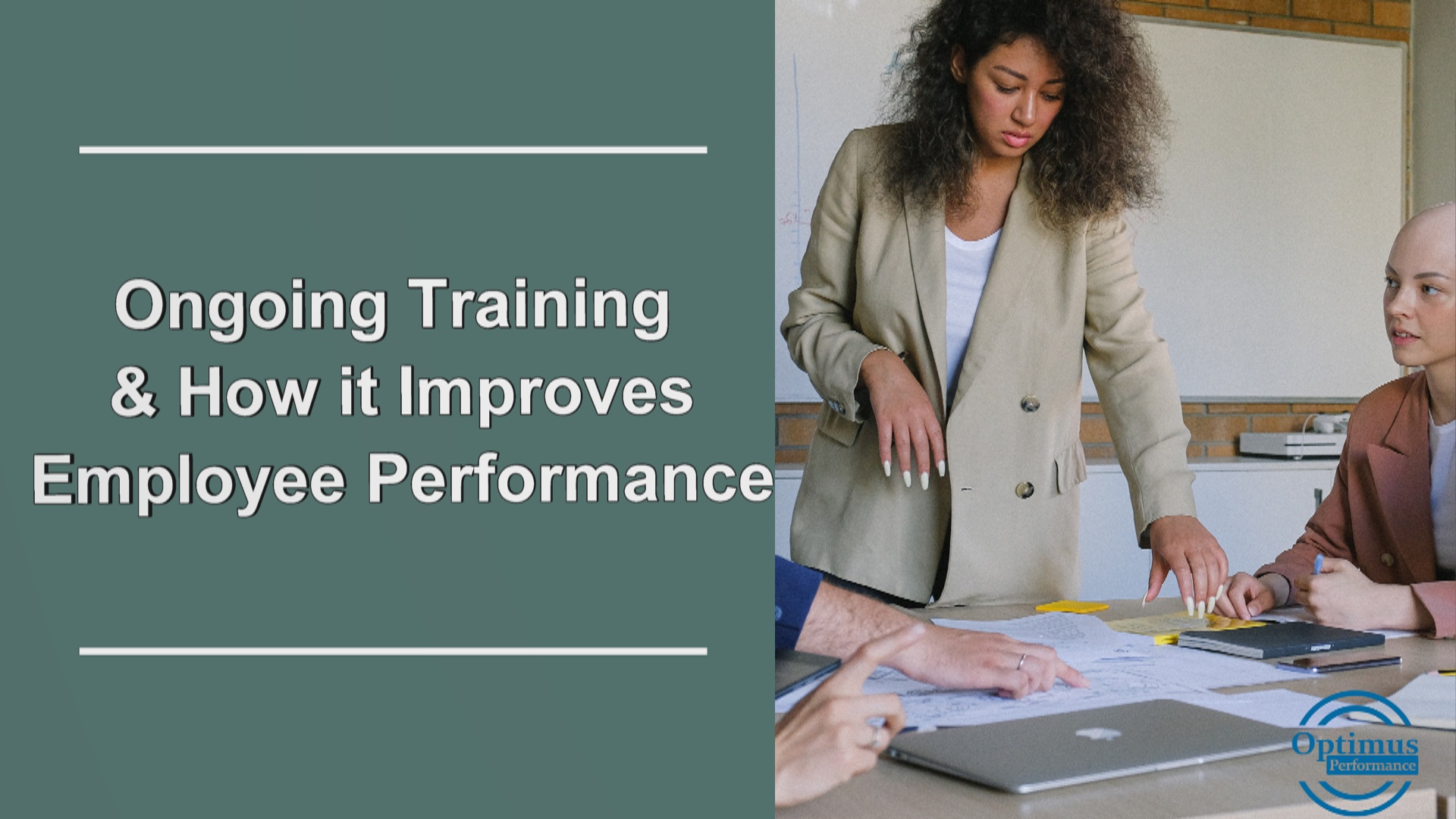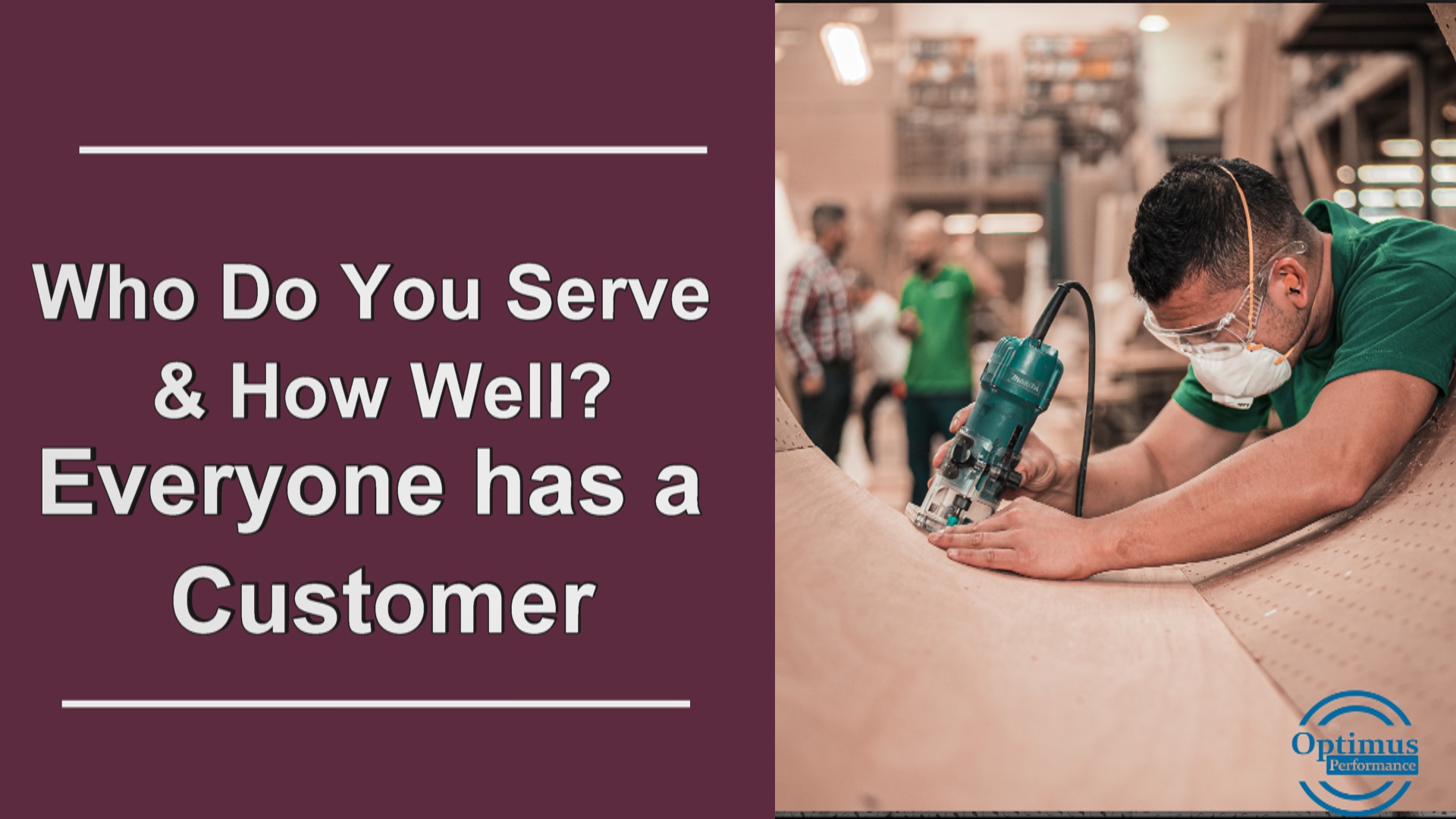Innovation and continuous improvement are a must for companies to stay competitive and lead in their category. This applies for both products and services.
True innovations do not happen that often as it takes a great amount of effort, money, and time to innovate. I thought of this while watching a movie from 2012 the other day. They were using smart phones and it made me think that in almost ten years there has not been great innovation in smart phones but mostly continuous improvement.

If Apple did not apply continuous improvement to their phones constantly, they would be swallowed up by companies like Samsung and others who also practice continuous improvement. Continuous improvement today is a matter of survival and competitiveness.
It is also a great way to engage employees. Everyone in an organization no matter how big or small can practice continuous improvement.
It starts with a mindset and needs to become embedded in the culture of the company.
When employees practice continuous improvement, it makes the work more interesting as it divulges from routine work and gets people thinking both critically and creatively. When done as a team it sparks collaboration.
Continuous improvement is proactive ongoing problem solving. Employees or teams look for problems in things like processes, systems, services and then analyze what is causing the problem and find solutions. This can also be applied to people problems like how to improve teamwork or employee motivation. Checkout my YouTube playlist on problem solving techniques.
Training is recommended for employees to learn the techniques of problem solving. Managers need to learn these skills first and then teach it to employees or work with expert resources in training.
Do your employees regularly practice continuous improvement? Do you challenge them to do so? Imagine if all employees developed a continuous improvement mindset and brought new improvements to their work frequently?
If your answers to these questions are either yes or no, there is probably enhancements you can make to engage employees in continuous improvement and reap the benefits.




